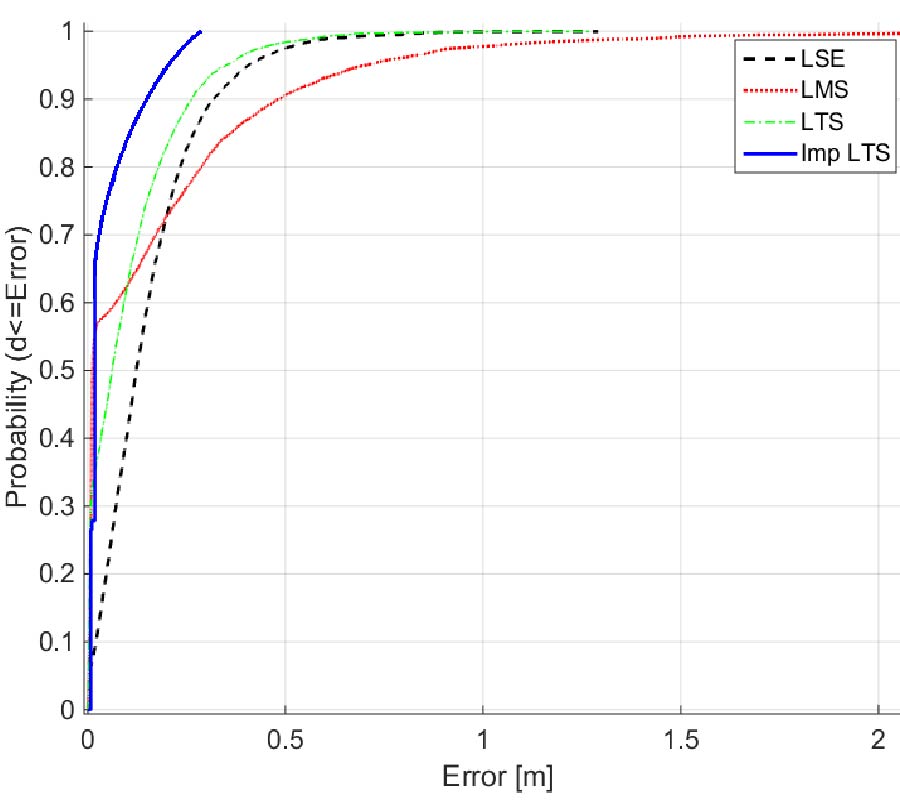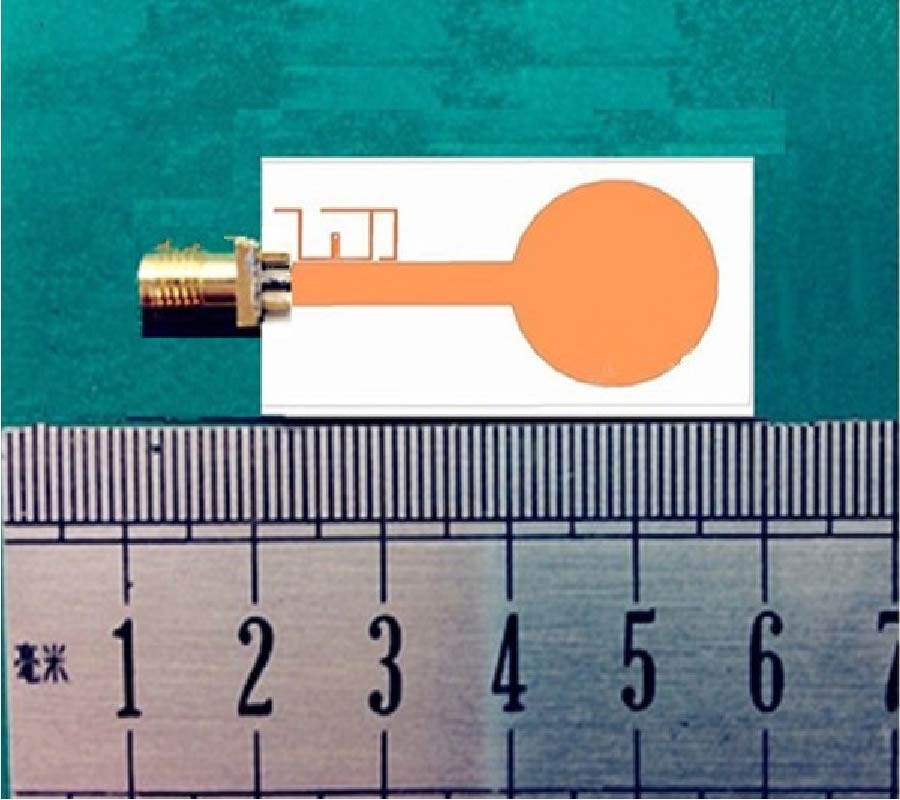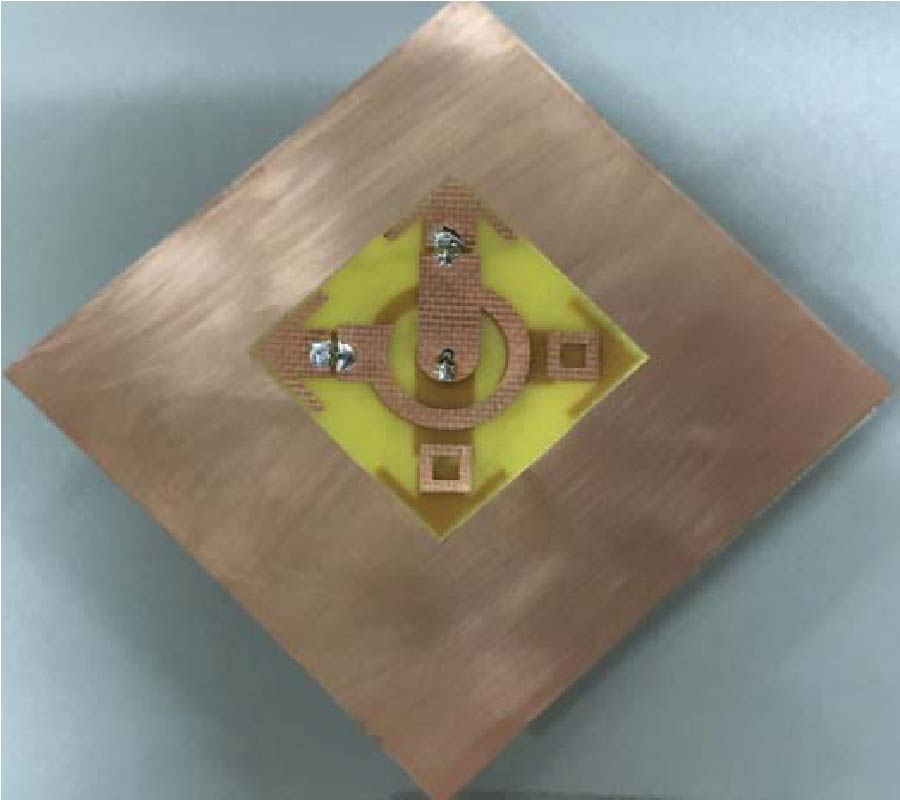A Simple 2×3 Beam-Forming Network with a 2-Bit Phase Shifter for Four-Beam Reconfiguration
Guanxi Zhang,
Li Sun,
Bao-Hua Sun,
Jiangpeng Yuan and
Jian-Ping Zhao
A simple 2×3 reconfigurable beam-forming network (R-BFN) for four-beam reconfiguration application is designed and implemented. The proposed R-BFN with two input ports and three output ports consists of a 2:1 power divider, a 90° hybrid, a 180° hybrid and a 2-bit phase shifter. The 2-bit phase shifter has two states: one is a 180° phase shifter (State 1); the other is a 0°/360° phase shifter (State 2). By introducing the 2-bit phase shifter, the constant phase differences of three output ports can be reconfigured. Specifically, as different input ports are excited, the R-BFN provides three output signals with equal power levels and the progressive phases of -120° and 120° when the 2-bit phase shifter at state 1, while -60° and 60° when the 2-bit phase shifter at state 2, respectively. When the proposed R-BFN is connected to an antenna array, a four-beam reconfiguration is obtained. Simulated and measured results show that good impedance matching, high port isolation, equal power division, and constant phase difference have been achieved simultaneously within the operation band of 2.4-2.6 GHz. The capability of the proposed R-BFN to reconfigure beams is also verified experimentally by using a 2.5 GHz dipole array.



















